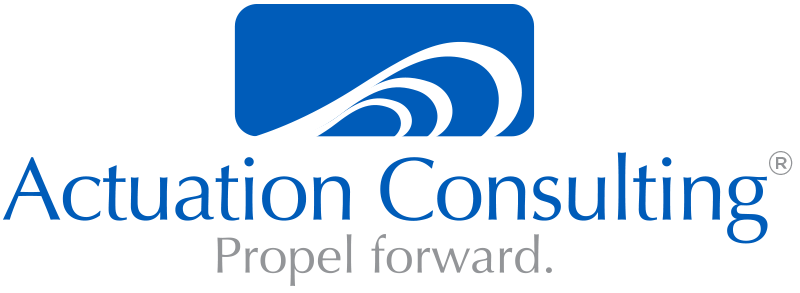Last week we covered the basics of the Product Requirements Document (PRD). We considered what it is, its use, and what it must contain. This week I’ll lay out the eight things that set a PRD apart as a highly useful document. Deliver these eight, and you’ll have a document that smoothes out development and leads to a positive outcome.
Deliver These Eight for an Exceptional Product Requirements Document
What does highly useful PRD look like? It will be…
1 – Verifiable. The requirements are measurable, not subjective. You can test their validity.
2 – Clear and Concise. No rambling. No cleverness, just a clear and easily understood explanation that can only be interpreted one way.
3 – Complete. The document does not require the reader to fill in gaps. All the information is there in black and white. It covers the entire scope of the product or enhancement.
4 – Consistent. Requirements are aligned. They do not conflict. You do not duplicate requirements. You define terms and maintain a consistent use of those terms throughout.
5 – Traceable. Every requirement can be traced back to a market need it is fulfilling. The document is organized with a numbering or annotation system covering individual requirements. There is a hierarchical structure that breaks requirements into smaller units while also allowing them to be traced back to the higher requirement. The PRD must track versions so that changes in requirements can be followed.
6 – Viable. Can the requirements actually be met? Are they feasible? The PRD must lay out a plan that can be delivered with existing technology, skills, and capabilities. It must adhere to a set schedule and budget.
7 – Necessary. If the product requirements were removed, there would be a noticeable deficiency in the system. Delivery on this item can lead to prioritization discussions.
8 – Free of Implementation. The requirements should define “what” not “how”. The how the requirements will be implemented should fall to the designers. The one exception to this is when the market insists that the product meet set standards.
When you’ve developed a PRD that can successfully deliver on these eight items, you can be confident your team will have what it needs to move forward.
Advancing the Profession of Product Management™
website I consulting I training I toolkits I books I blog I twitter

